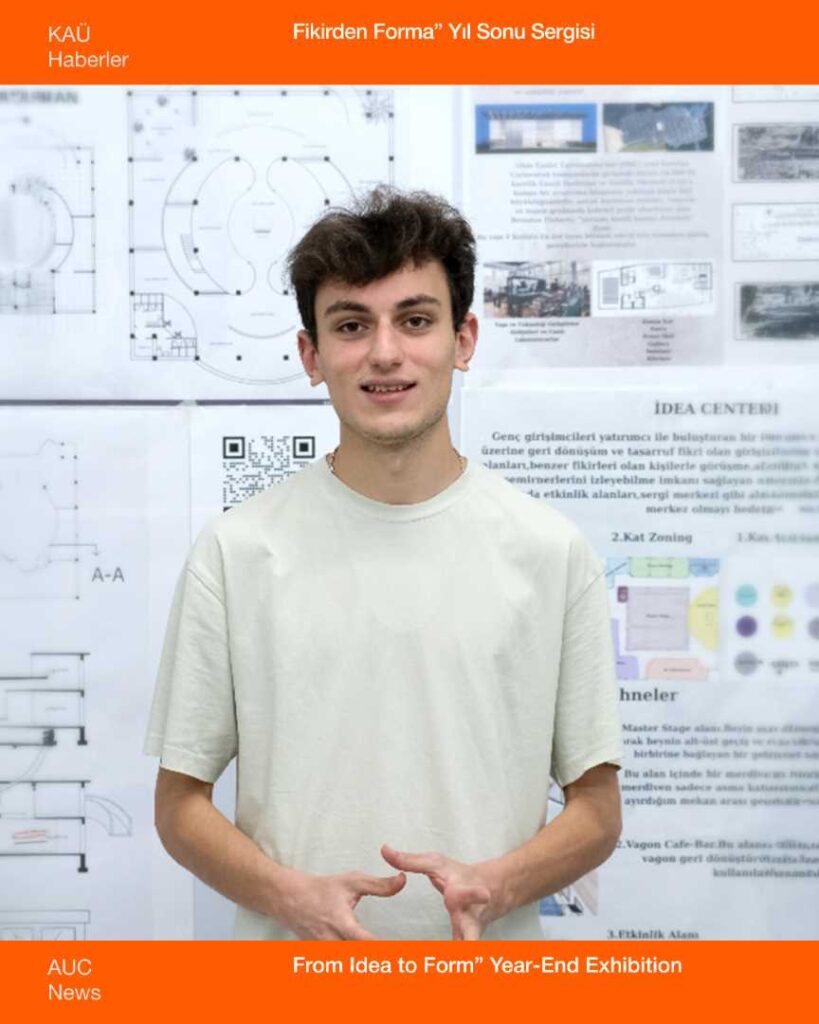From Idea to Form” Year-End Exhibition
- 27 May 2025

Designs Overcoming Barriers: “Inclusive Spaces” Exhibition Met with Visitors at AUC
American University of Cyprus Department of Interior Architecture and Environmental Design 3rd year students completed their studio project titled “Inclusive Spaces”, which they developed to increase inclusiveness in society. The designs of the students were presented to the appreciation of the visitors within the scope of the “From Idea to Form” End of Year Exhibition held at the Faculty of Fine Arts on May 21, 2025.
The main starting point of the project was the understanding that “Disability is not an individual problem, but the inadequacy of the physical environment and social structures”. Within this framework, students designed accessible and inclusive spaces where individuals can come together under equal conditions, taking into account not only physical but also emotional and social differences.
Within the scope of the course conducted under the guidance of studio coordinators Assoc. Prof. Alp Karaca and Assoc. Prof. Buğu Şah, students had the opportunity to think about the impact of architectural barriers on social participation and to produce solutions. In addition to physical disabilities, the projects also addressed the challenges faced by elderly individuals and the spatial needs of individuals on the autism spectrum. Thus, students gained an ethical perspective on design processes and experienced the importance of accessible spaces for everyone.
Assoc. Prof. Dr. Buğu Şah, who is also a member of the Board of Directors of the Association of Orthopedically Disabled People, made the following statements in her evaluation of the project:
“Disability is not an individual deficiency, but a design-induced inequality. If we raise conscious and sensitive generations who think about design for everyone, cities will become fairer and lives will become more accessible for everyone.”
The “Inclusive Spaces” project stood out as the product of a comprehensive educational process that aims to develop not only students’ physical space design skills, but also their social sensitivity and human-centered thinking.


